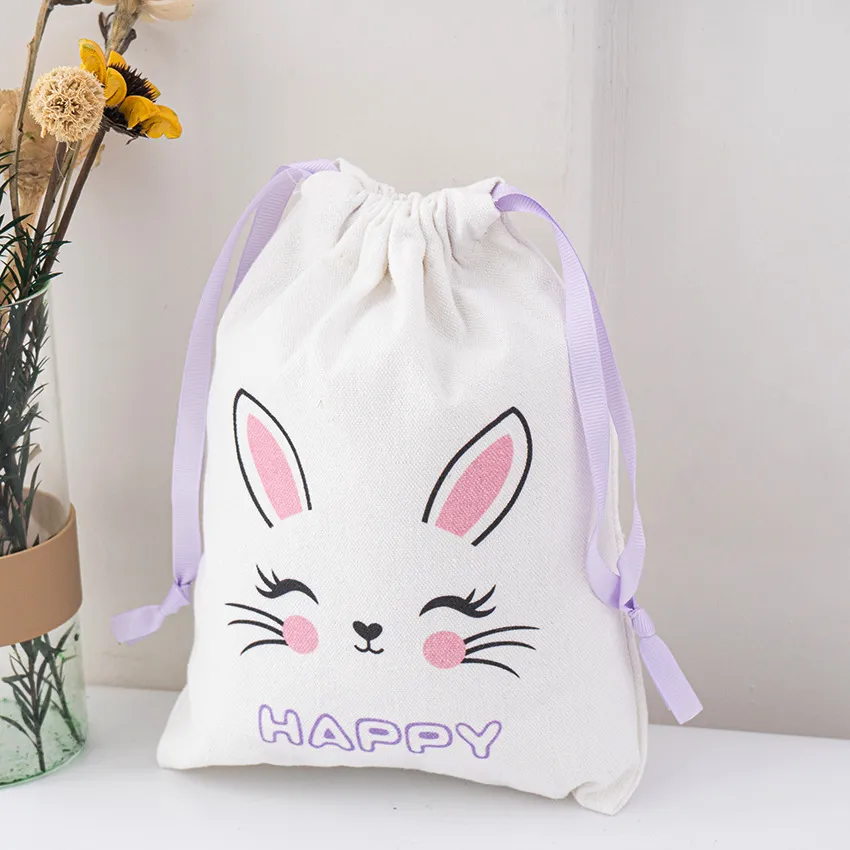Zodiac-Inspired Drawstring Bags: A Global Cultural Recode in Motion
Across the global tapestry of trade, the Chinese Zodiac is quietly undergoing a transformation—a reshuffling of commercial DNA. As traditional Eastern symbols meet Western minimalism, and as Southeast Asia’s tropical hues collide with Nordic eco-ideals, the humble drawstring bag has unexpectedly emerged as the ideal experimental platform for cultural translation. According to PayPal’s 2023 Cross-Border E-commerce Report, products with cultural symbols had a 37% higher repurchase rate compared to standard items—but also a 21% return rate due to cultural misinterpretation. This reveals a paradox of globalization: the more local the cultural symbol, the more precise the international decoding required. From totem taboos to material innovation, from contextual adaptation to digital enablement, the Zodiac is breaking free from its two-dimensional patterns, evolving into a dynamic commercial cipher connecting production and consumption.
The Cross-Cultural Map of the Chinese Zodiac
1. Global Consumer Awareness Survey
- North America & Europe: About 62% of consumers associate Zodiac signs with Chinese restaurant décor or Lunar New Year events (Statista, 2023). Symbolic meaning remains vague, with visual appeal being the key focus.
- Southeast Asia: Cultural adaptations are common—e.g., Vietnam replaces the Rabbit with a Cat, and Thailand blends in Nāga (serpent deities), requiring localized design approaches.
- Middle East: Religious sensitivities drive cultural substitutions, such as reimagining Zodiac animals using motifs like magic lamps and flying carpets from One Thousand and One Nights.
2. Culturally Safe and Sensitive Symbols
- Universally Acceptable: Dragon (Eastern mystique), Horse (chivalry), Rabbit (cuteness economy).
- Culturally Sensitive: Snake (evil connotations in the West), Monkey (negative nuances in Southeast Asia), Pig (Islamic prohibitions)—require reimagined expression.
- Neutral: Tiger (strength), Ox (agrarian spirit), Rooster (can be reframed as a phoenix for symbolic elevation).
Internationalizing Zodiac Design
1. Simplified Forms, Enhanced Recognition
- In Western markets, minimalist geometry works well: e.g., pigs as overlapping circles or dragons as interlocking triangles.
- In Southeast Asia, bold color palettes can be fused with tropical flora motifs to amplify appeal.
2. Avoiding Cultural Pitfalls
- Transform snake imagery into abstract wave patterns for Western audiences.
- In Middle Eastern contexts, avoid pig motifs—opt instead for culturally aligned substitutes like camels or eagles while maintaining the integrity of the Zodiac series.
Function Meets Symbolism
1. Contextual Design Applications
-
-
-
- Rat/Rabbit Bags: Small-sized with snack-sealing features, ideal as bento bags for students in Japan and Korea.
- Dragon/Tiger Bags: Large capacity with abrasion-resistant fabric, targeting outdoor enthusiasts in Western markets.
- Goat/Ox Bags: Linen texture with pastoral embroidery, tailored for agritourism souvenirs in Australia.
2. Thoughtful Details
- Zodiac-shaped drawstring tips (e.g., bone-shaped for Dog, crest-shaped for Rooster) add playful flair.
- Inner linings printed with lucky numbers or festive greetings (e.g., Lunar New Year, Christmas), enhancing the gift appeal.
Fusing Zodiac Colors with Global Aesthetics
1. Refined Color Palettes
- Maintain iconic hues like Chinese red and gold, but tone them down into Morandi-inspired palettes to suit Nordic minimalism.
- In African markets, bold contrasts (e.g., green + orange, blue + yellow) paired with Zodiac silhouettes cater to regional preferences.
2. Regional Color Pairings
- Japan: Cherry blossom pink + monochrome Zodiac line art.
- France: Macaron pastels + handwritten-style Zodiac lettering.
Eco-Friendly Materials as a Global Passport
1. Recycled Materials with Zodiac Messaging
- Use recycled polyester and label the equivalent number of plastic bottles repurposed—add eco-themed Zodiac slogans.
- Combine bamboo fiber cords with laser-etched wooden Zodiac tokens to attract eco-conscious Western consumers.
2. Natural Dye Innovations
- India: Turmeric-dyed “Tiger Print” bags.
- South America: Coffee ground–dyed brown-toned Zodiac series.
Giving the Zodiac a Voice
1. Multilingual Labeling
- Sew bilingual tags inside bags, offering brief cultural insights (e.g., “Rat: Symbol of wit and wealth”).
- Include QR codes linking to animated Zodiac stories in English, Spanish, and other major languages.
2. DIY Customization Zones
- Provide blank patches for embroidery, allowing consumers to add their name or national flag.
- Include sticker sets featuring Zodiac icons for personalized decoration.
Conclusion
The global evolution of Zodiac-themed drawstring bags is, at its core, a dual process of taming both cultural identity and commercial logic. When the dragon motif is modularized into functional components, and the tiger totem becomes a supply chain tag, traditional elements preserve their cultural DNA while achieving modern commercial expression. This transformation teaches us: the global competitiveness of cultural products doesn’t lie in the purity of their origin, but in the ability to translate cultural memory into tangible, practical value.
In the near future, with the rise of AR-navigated bags and biodegradable totems, the Zodiac may transcend physical goods to become an intelligent medium for cross-cultural transactions. Perhaps this is the most enduring survival strategy for traditional culture in the tides of globalization.



 We like to do design according to all the customers' requirements, or offer them our new designs. With strong OEM/ODM capabilities, we can fill your sourcing demands.
We like to do design according to all the customers' requirements, or offer them our new designs. With strong OEM/ODM capabilities, we can fill your sourcing demands.